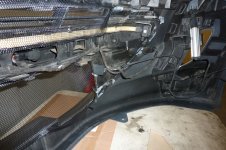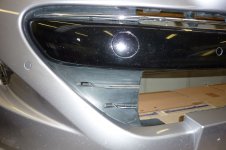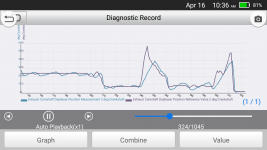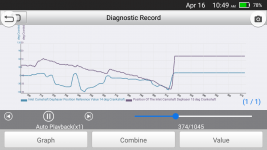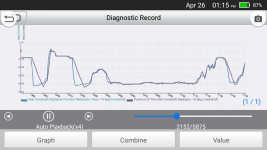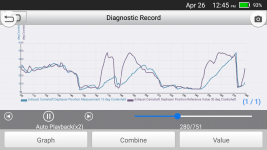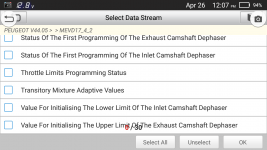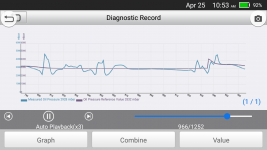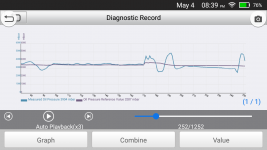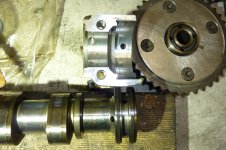I wanted a lightened flywheel so it was a matter of course to replace the clutch at the same time. I have changed my engine oil every 5,000 kilometres, or less, on every car I have owned.good grief. here would be an overview of the rcz here.
every 20,000km ... change oil and filter.... even throw an air cleaner and fuel filter at it sometimes
13years later ... .@ 180,000kms change cambelt
keep changing oil and filter every 20,000kms.... maybe throw an air and fuel filter at it.
job done
Out of interest, why did it need a clutch at only 80,000kms ?
I took the cam cover off my Nissan Pulsar N14 SSS recently. I have owned it from brand new 1992. Currently on 145,000 klicks. Oil has been changed about 76 times now. The inside of the cam cover, cams, lifters etc were shining metal and alloy. Sparkling in fact. NOT ONE TARNISH OR STAIN. Engine compression is still at factory spec. When I drain the oil it comes out golden.


